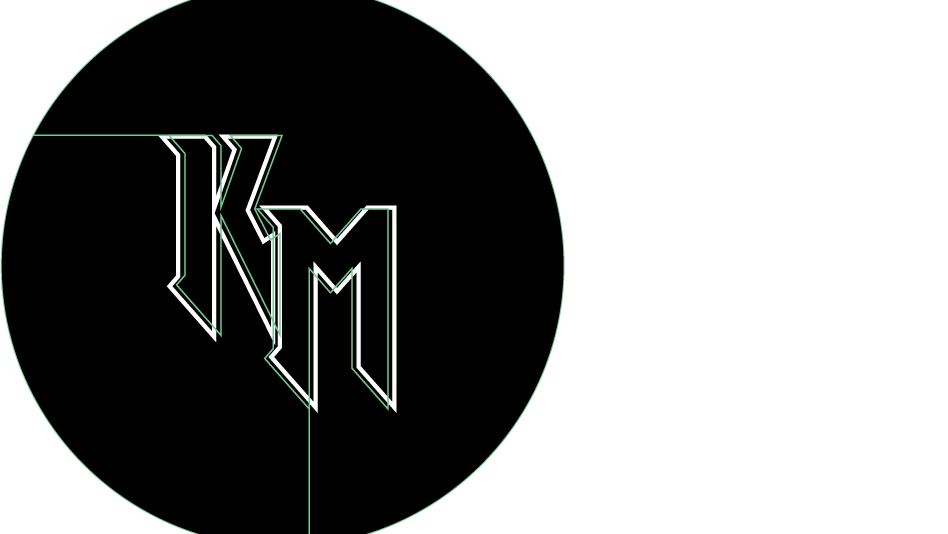MARINE HABITAT LOSS
While learning about data visualisation for the first time in university, we were tasked with preparing graphs and visualising data sourced from scientific findings about a climate calamity of our choice. I selected human induced marine habitat loss as its destruction brings with it the loss of livelihood, sustenance and cultural practices for several coastal communities. I thoroughly enjoyed working on this project as it challenged me to research across a multidisciplinary spectrum of science, art and the humanities which turned out to encouraged my passion for academically informed art.
Consequently, this third year mini project went on to become the foundation of my final year honours thesis on the socio-cultural effects of climate change.
Marine habitat loss occurs when conditions necessary for plants and animals to survive are severely reduced or completely destroyed. When ecosystems die, they leave behind a shell of what they used to be, e.g. bleached coral reefs, dead sea grass meadows. Without a place to source nutrition from, breed and rear offspring, any life ceases to exist and there is quite literally, nothing left.
Fittingly, the following infographics have minimalistic, yet bold characteristics.
The icons and colour scheme are centred around the shapes and colours of sea glass. A beautiful object, collected by people during visits to the beach. Ironically, it comes from rubbish.
Broken pieces of glass that have made their way to the oceans tumble around in the water for years and years to get the to the rounded, frosted pebbles we find on seashores. It perfectly represents the marine ecosystems and the years it takes to recover and evolve into a beautifully delicate world that commercial fishing activities and fossil fuel mining so carelessly and efficiently destroy.



